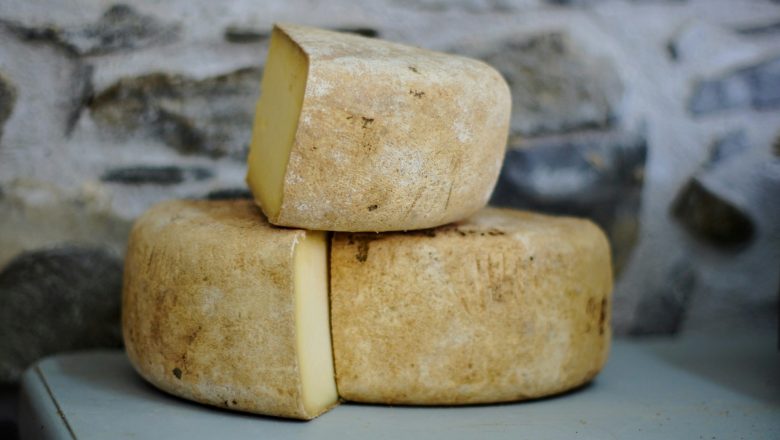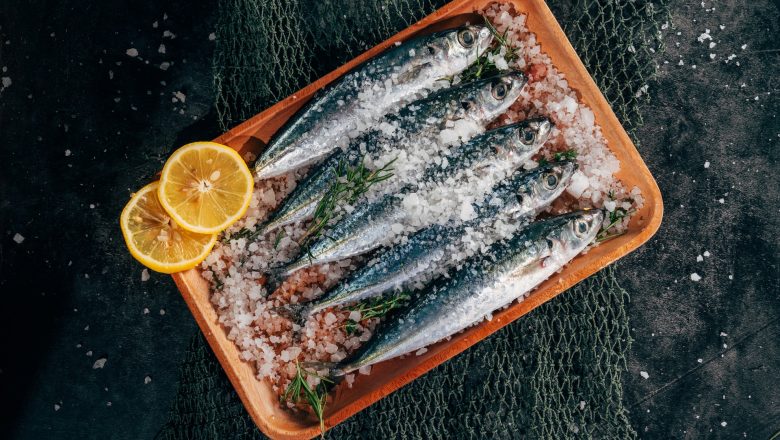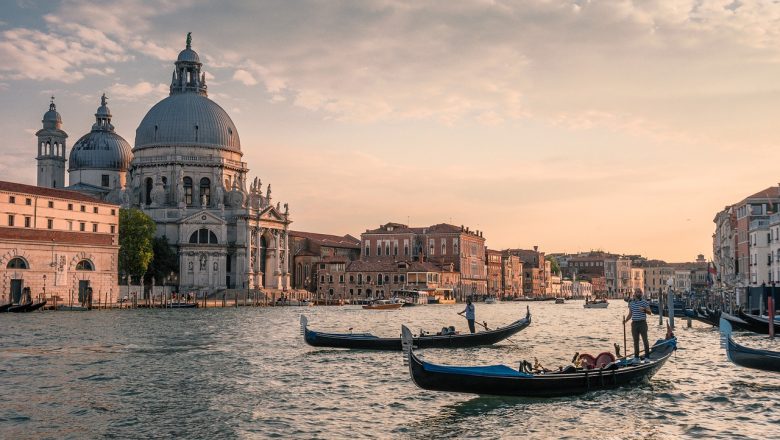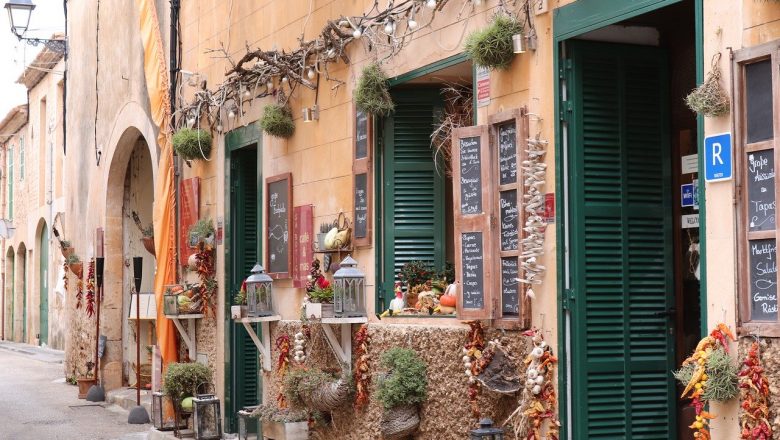
Idiazabal Cheese: The Charms of Spanish Tradition
Idiazabal cheese is a cheese that has a rich culinary heritage in Spain. It is known for its distinctive flavors, and unique production methods, and is closely connected to local traditions, Idiazabal cheese has become a symbol of pride for the Basque people and a popular delicacy both within Spain and beyond its borders.
Idiazabal cheese has a special place in the pantheon of artisanal cheeses. In this article, we will take a closer look at the world of Idiazabal, exploring its origins, and the important role it plays in preserving the cultural tapestry of the Basque region.
History of Idiazabal Cheese
The roots of Idiazabal cheese are deeply embedded in the pastoral landscapes of the Basque Country. Interestingly enough, its history boasts a captivating history that spans centur...










